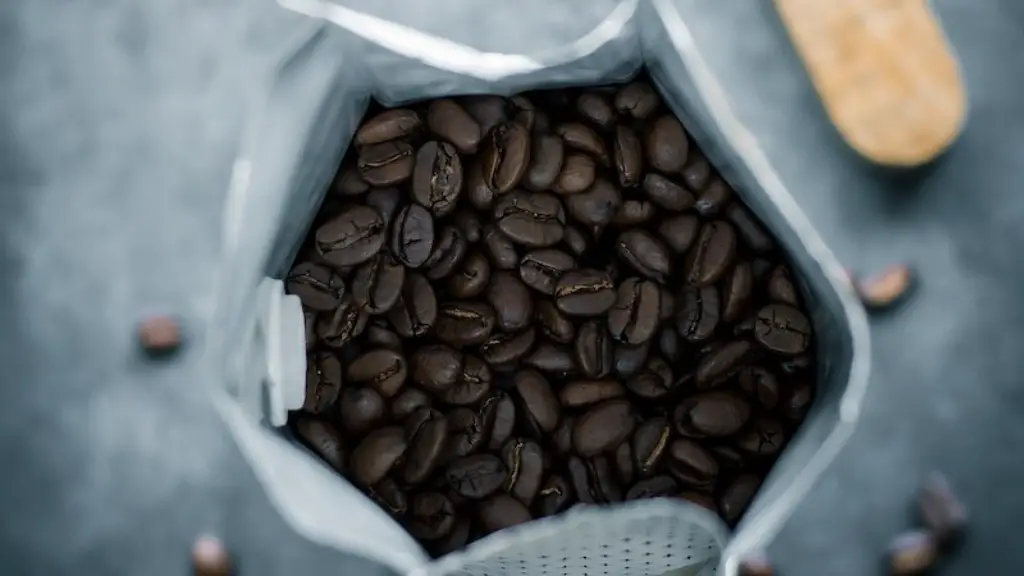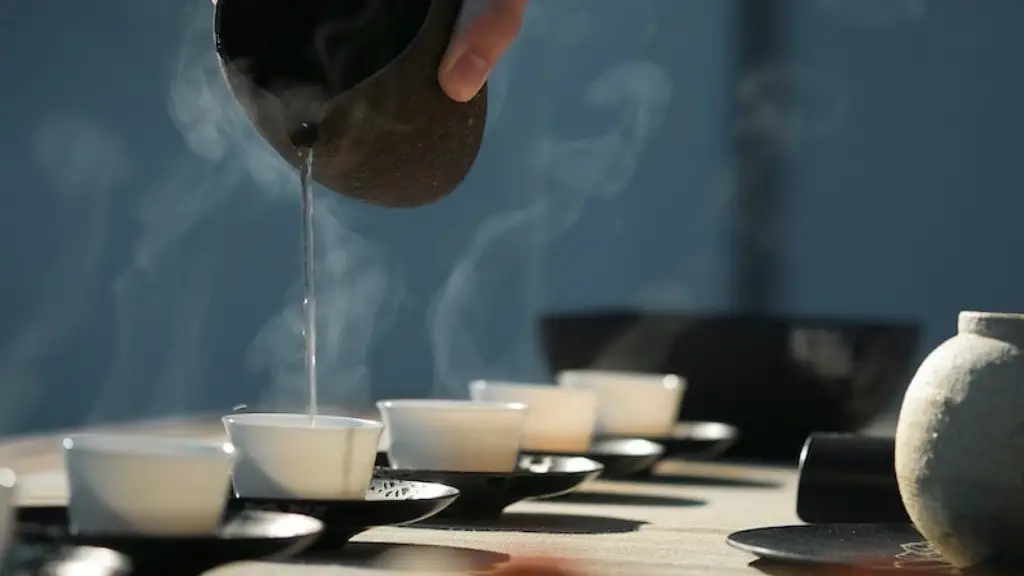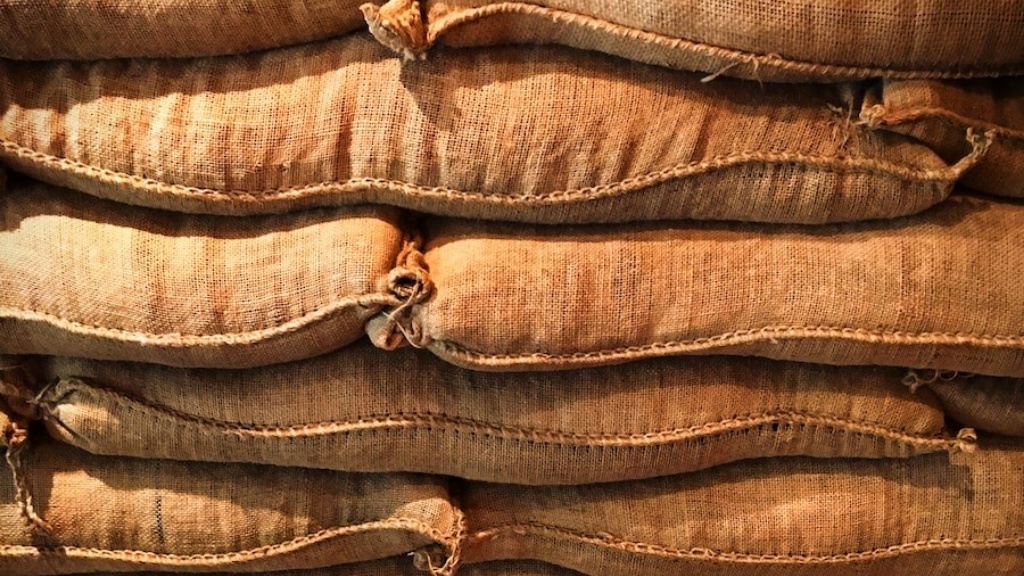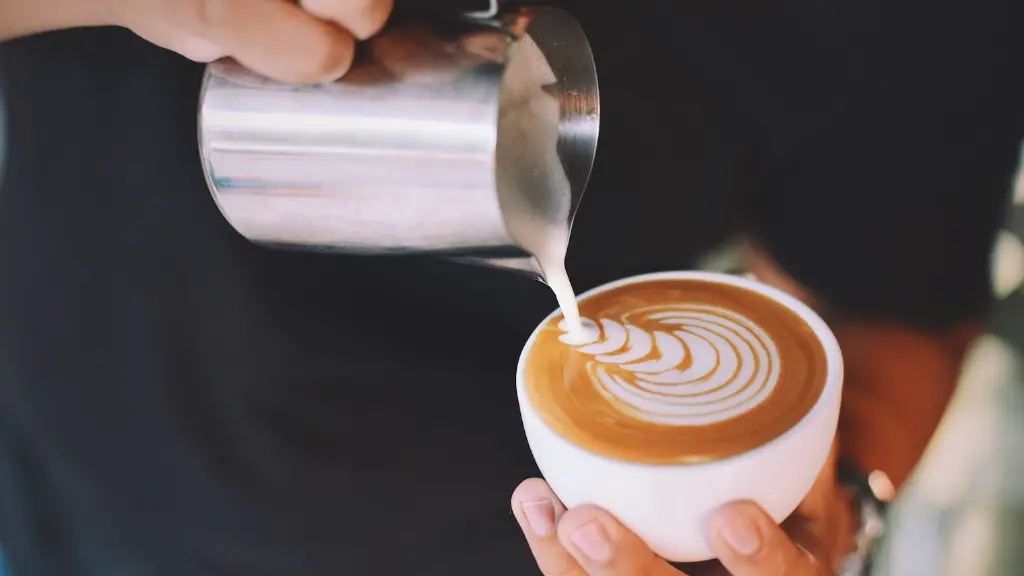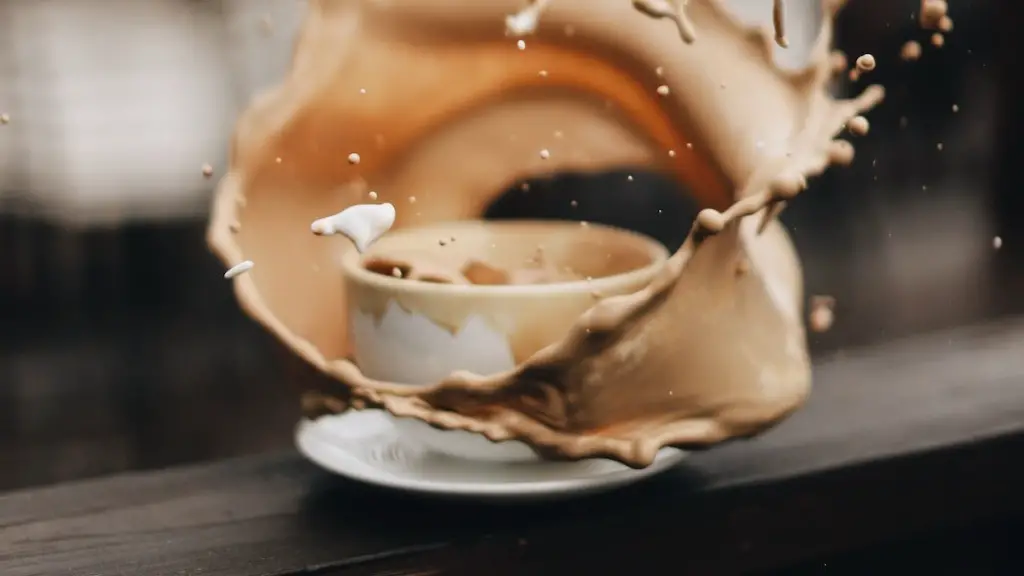Coffee enthusiasts know and love the full, therapeutic taste of a delicious espresso. But which caffeine-dense drink should you be ordering when it comes to your daily dose of energy? To answer this age-old question, we have to look at the different types of coffee drinks, their ingredients, and the caffeine contents within.
An Americano is a single-shot espresso mixed with 5-6 oz. of hot water. It is often touted as one of the most straightforward and low-calorie coffee drinks and contains approximately 77 mg of caffeine.
By comparison, a cup of drip coffee typically includes around 140-180 mg of caffeine. Though it’s known for its strong, bold flavor, experts say it does not typically pair the same richness and complexity as espresso.
Cappuccinos are loved for their rich, fluffy foamed milk. As far as caffeine goes, cappuccinos contain anywhere from 60-80 mg per cup, depending on size and shot of espresso. Like Americanos, cappuccinos are also made with a single-shot espresso.
Vanilla lattes are widely adored for their creamy smoothness and sweetness. Though generally made with two shots of espresso, lattes can contain anywhere from 75-150 mg of caffeine, depending on the size and how many shots are used.
The most notorious of all coffee drinks is the espresso, the building block of many other drinks (even a cappuccino or latte, which are both based off of a single shot of espresso). A single, standard shot of espresso yields 50mg of caffeine.
If you’re after a caffeine fix, espresso will typically contain the highest caffeine per oz., but depending on the coffee drink you choose, larger sizes may be better for kicking that afternoon slump. This is why people often order a “double-shot” of espresso when looking for a quick boost. A double shot contains around 100 mg of caffeine.
Ingredients and Taste
What’s important for coffee fans to consider when making their selection is the taste and quality of the ingredients. For example, if you indulge in a latte, the specific type of dairy or dairy-free milk can have a major impact on taste, texture, and caffeine levels. Additionally, better quality beans will lead to a richer flavor – something coffee connoisseurs definitely appreciate.
On the flip side, some coffee drinks are made with flavored syrup or cordials that are added after espresso or a shot of espresso is added. Since these ingredients are not coffee-based, they add additional sweetness and calories without contributing to the overall caffeine content.
It’s also important to note that when ordering a macchiato at a cafe, don’t expect the same caffeine-kick as you’d get from a shot of espresso. As macchiatos are typically made with just a dollop of foam on top, they are also loaded with much less caffeine – an average macchiato contains around 40-60mg of caffeine.
Powering Through the Day
When it comes to getting energized for the day, the type of coffee matters just as much as the potential caffeine content. Many people will grab a venti-sized iced coffee from their local cafe for an end-of-day pick-me-up due to its high caffeine content. For those who are able to consume large amounts of coffee, an iced coffee may serve as the perfect way to put an end to a long day.
On the other hand, some people prefer a smaller cup of coffee, either because they are sensitive to caffeine or because they simply don’t need a large amount of coffee to power them through their daily activities. Americans, in particular, tend to enjoy the simplicity of a single-shot espresso or a small, oversized cappuccino when they want to avoid the jitters.
It’s worth noting that consistent amounts of caffeine can lead to an increase in tolerance. So, if you’re ever feeling a slab of that morning sleepy-lag, try doubling up the espresso, or try alternative solutions such as teas and supplements.
Cordials and Mixers
When it comes to specialty coffee drinks and their caffeine content, things get a bit more complicated. Cordials and syrups are added to drinks like a mocha or a white mocha, which increases the amount of sugar and calories present in the cup.
This is why some cafés have opted to make their own syrups to serve as mixers for their espresso-based drinks. These homemade “ropes” are in trend right now and offer customers various flavors without the added sweetness and calories.
Other specialty drinks such as frappes and frappuccinos can contain up to 150 mg of caffeine per cup. This is why it’s important for consumers to compare the calories, sugars, and caffeine contents when selecting the type of coffee drink that suits their lifestyle best.
Brewed-At-Home
When making coffee, it’s also important for consumers to consider the types of brewing equipment they’re using as it has a direct impact on overall taste, freshness, and caffeine content. We often hear that AeroPress, French press, Chemex, and pour-over coffee makers offer the same high-quality beans but with different flavor notes.
For brewing your own coffee at home, experts suggest using a good quality burr grinder in order to get an even grind size, which will ensure optimal extraction of flavors and antioxidants. That being said, the quality of ingredients, including the beans, will drastically impact the taste, along with other important factors such as water, brewing time, and temperature.
Though it might not be the most cost-effective option for those who don’t have the resources to invest in a quality grinder, home-brewed coffee is certainly one of the most economical and delightful options when it comes down to getting your daily dose of caffeine.
Instant Coffee
Finally, for those who are seeking a quick caffeine fix, instant coffee represents both an environmental and economical solution with the added bonus of convenience. The caffeine contents found in instant coffee vary from brand to brand and range from 45-60 mg per cup. As instant coffee is pre-brewed, taste and flavor are not as potent as other types of coffee.
To combat this, some businesses have opted to switch to various methods of cold-brewed coffees that can provide fuller and better-tasting flavors. Still, instant coffee remains a popular choice due to its convenience and cost.
Brewing It Right
Whether a coffee enthusiast is seeking a low-calorie coffee drink or a caffeine boost, it’s important to first consider the size, ingredients, and type of coffee being ordered. From Americanos to macchiatos, the caffeine content within these coffee drinks varies greatly and should be taken into consideration before making a purchase.
When it comes to brewing your own coffee, investing in a quality grinder – either manual or electric – will better ensure an even extraction of flavors and is considered much healthier than a pre-ground, store-bought option. As for instant coffee, the fact that it’s pre-brewed can lead to a lower-quality taste and fewer antioxidants.
In the end, the caffeine content present in each cup of coffee is highly variable and should not be used as a sole indicator of the quality or potency of the drink you’re ordering. To get the most out of your daily cup of Joe, focus on finding high-quality beans, the right brewing method, and the profile that fits your lifestyle.
